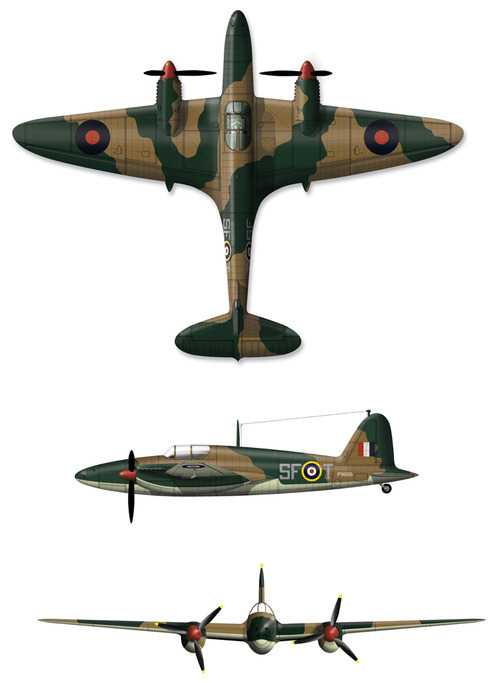Your challenge - if you choose to accept it, is to create a plausible chain of events that would substantially reduce the Blenheim squadrons in France in 1940 with a more effective aircraft. And soon after is confined to secondary areas.
The aircraft when it arrived on the scene, was yes a world beater, but under-powered it was a crime to the aircrew that had to fly them that it went on for so long.
OTL, Bristol designed options - Beaumont & Buckingham, but the Air Ministry kept changing their minds on want they wanted.
But why no replacement earlier. I can think of one or two ways, but see what you think first!
The aircraft when it arrived on the scene, was yes a world beater, but under-powered it was a crime to the aircrew that had to fly them that it went on for so long.
OTL, Bristol designed options - Beaumont & Buckingham, but the Air Ministry kept changing their minds on want they wanted.
But why no replacement earlier. I can think of one or two ways, but see what you think first!
